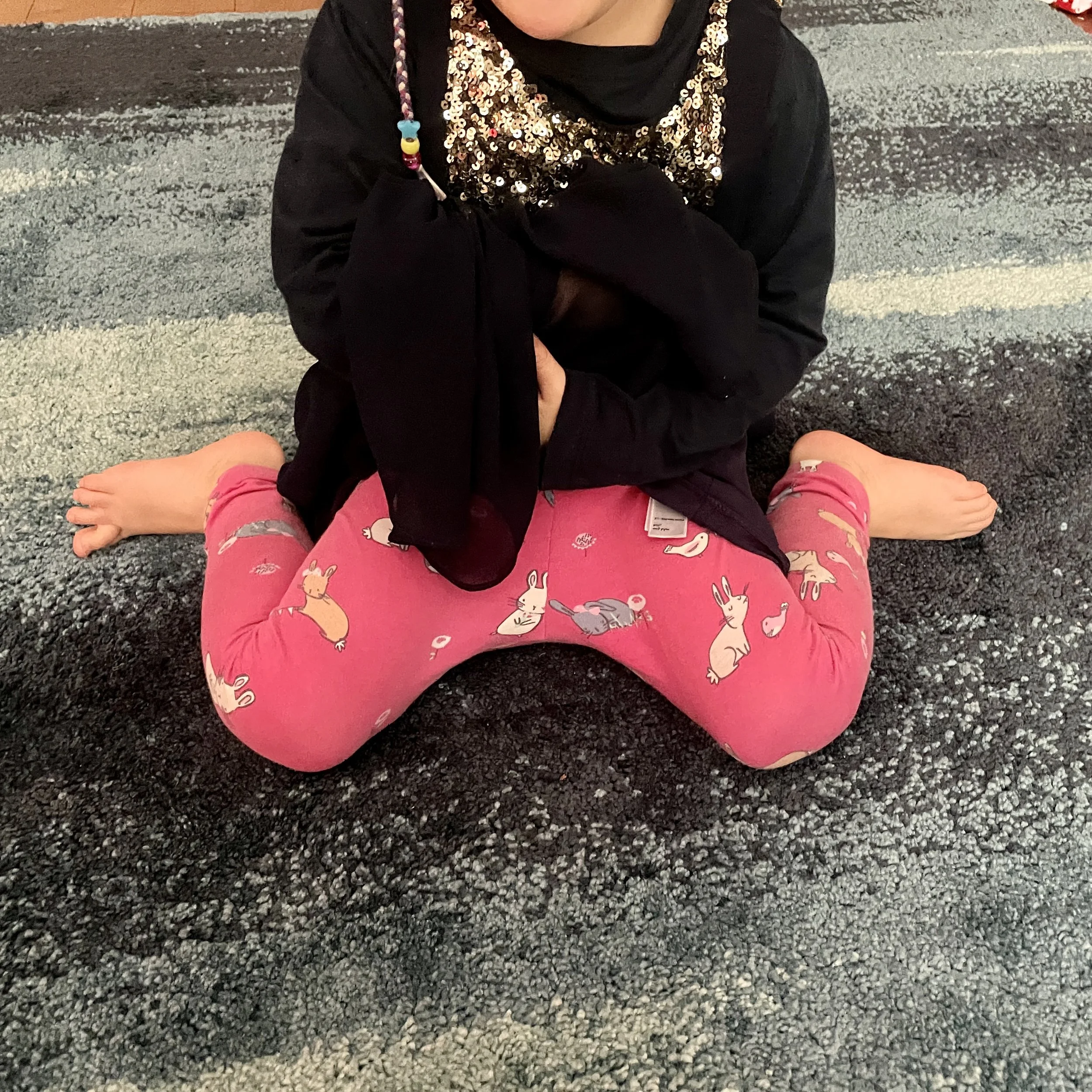In-Toeing (Pigeon Toe) Private Treatment
Introduction
When a child stands for the first time and learns to walk, the way they walk can be very different to when they are older. It is very common for walking pattern to change as children grow. There are a few common patterns that parents should be aware of when watching their children walk, including in-toeing. Our private paediatric orthopaedic consultant, has several years of experience managing children with in-toeing at different ages.
What is In-Toeing (pigeon toe) in children?
In-toeing, also known as pigeon toed, is when a child’s feet point inwards when they walk or run. It is often noticed by parents when a baby walks for the first time, but children of all ages may display this pattern. This can of course be worrying for parents as it may seem to cause children to trip more. It is important to note that in-toeing often resolves completely as the child grows and matures and their walking ability improves.
What are the causes of In-Toeing in children?
There are 3 main conditions which can cause in-toeing:
Femoral anteversion. This is where the thigh bone (femur) twists inwards leading to the child’s knees pointing inwards when they walk. This nearly always corrects itself by 10 years of age.
Tibial Torsion. If the shin bone (tibia) twists inwards, this is known as internal tibial torsion. The tibia normally untwists itself with growth and as the child become taller.
Metatarsus Adductus. When the foot curves inwards from the middle part of the foot, this may lead to the appearance of in-toeing. Metatarsus Adductus usually improves with time but in severe cases may need treated with plaster casts or splints. Surgery is not normally required to correct this.
What treatment is needed for In-toeing?
Treatment for in-toeing is dependent on what the cause is. In patients with increased femoral anteversion, avoiding sitting in the ‘W’ position is part of the mainstay of treatment. Activities such as ballet may help which encourages the child to stand with their feet pointing outwards.
Plaster casts or splints may be used in the treatment of severe Metatarsus Adductus to help mould the foot into a straighter position.
In rare cases where in-toeing causes a significant limitation of a child’s function or pain, surgery can be performed to rotate the bones outwards.
When should private treatment advice be sought for In-toeing?
It is important that you see a qualified surgeon if you are worried about your child in-toeing. In the majority of children, in-toeing will be self-correcting. However, in rare cases, this may represent other musculoskeletal problems and conditions which may require further investigation. This may include cerebral palsy or other neuro-muscular conditions. If you have any concerns, please book an appointment for your child to be assessed further.
Why Choose Hertfordshire and London Children’s Orthopaedics?
At Hertfordshire and London Children’s Orthopaedics, our consultant has extensive experience in providing care to children of all ages who in-toe. A consultation should be performed in order to assess your child and discuss whether further investigations are required. Please book an appointment if you are worried that your child in-toes.
AUTHOR:
Stephen Ng Man Sun is a Paediatric Orthopaedic Consultant at Chelsea and Westminster Hospital in London. He has been a consultant since 2019 and is a fellowship trained Paediatric Orthopaedic Surgeon. You can read more about Mr Ng Man Sun on our About Page or connect with him in LinkedIn / Twitter.

